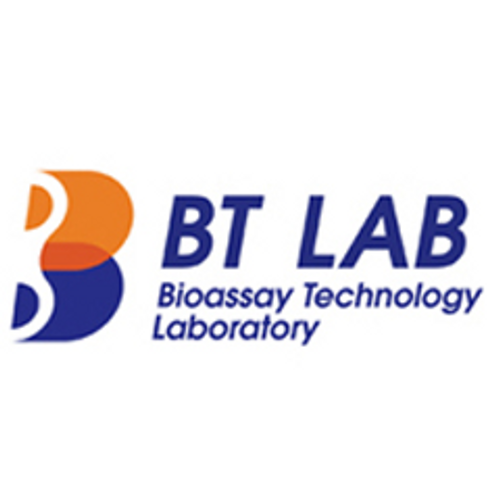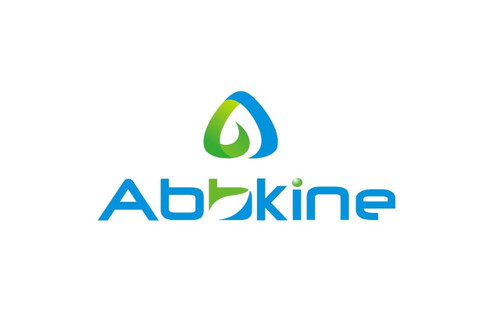Product Description
Human Mammaglobin-A (SCGB2A2) ELISA Kit | AE20577HU | Abebio
Species Reactivity: Human (Homo sapiens)
Abbreviation: SCGB2A2
Alternative Name: MGB1; MGC71974; UGB2; mammaglobin 1|mammaglobin A
Application: ELISA
Range: 0.156-10 ng/mL
Sensitivity: 0.061 ng/mL
Intra-Assay: ≤6.1%
Inter-Assay: ≤9.2%
Recovery: 0, 97
Sample Type: Serum, Plasma, Other biological fluids
Detection Method: Sandwich
Analysis Method : Quantitive
Test Principale: This assay employs a two-site sandwich ELISA to quantitate SCGB2A2 in samples. An antibody specific for SCGB2A2 has been pre-coated onto a microplate. Standards and samples are pipetted into the wells and anySCGB2A2 present is bound by the immobilized antibody. After removing any unbound substances, a biotin-conjugated antibody specific for SCGB2A2 is added to the wells. After washing, Streptavidin conjugated Horseradish Peroxidase (HRP) is added to the wells. Following a wash to remove any unbound avidin-enzyme reagent, a substrate solution is added to the wells and color develops in proportion to the amount of SCGB2A2 bound in the initial step. The color development is stopped and the intensity of the color is measured.
Product Overview: SCGB2A2 is member of the superfamily of secretoglobins, a group of small dimeric secreted and sometimes glycosylated proteins. Expressed mainly in mucosa, secretoglobins seems to be involved in cell signalling, immune response, chemotaxis, and could also serve as transporters for steroid hormones in humans. MGB1 encodes a deduced 93-amino acid protein with a 19-amino acid hydrophobic peptide signal sequence and a predicted molecular mass of 10.5-kD. The protein shares 42% sequence identity with the rat prostatein protein (rPSC3) . It also shares high homology with rabbit and human uteroglobin (UGB) genes, including the conservation of cysteines known to play a role in disulfide bond formation between uteroglobin subunits and a conserved tyrosine required for progesterone binding to the uteroglobin dimer.
Stability: The stability of ELISA kit is determined by the loss rate of activity. The loss rate of this kit is less than 5% within the expiration date under appropriate storage condition. The loss rate was determined by accelerated thermal degradation test. Keep the kit at 37°C for 4 and 7 days, and compare O.D.values of the kit kept at 37°C with that of at recommended temperature. (referring from China Biological Products Standard, which was calculated by the Arrhenius equation. For ELISA kit, 4 days storage at 37°C can be considered as 6 months at 2 - 8°C, which means 7 days at 37°C equaling 12 months at 2 - 8°C) .
 Euro
Euro
 USD
USD
 British Pound
British Pound
 NULL
NULL








